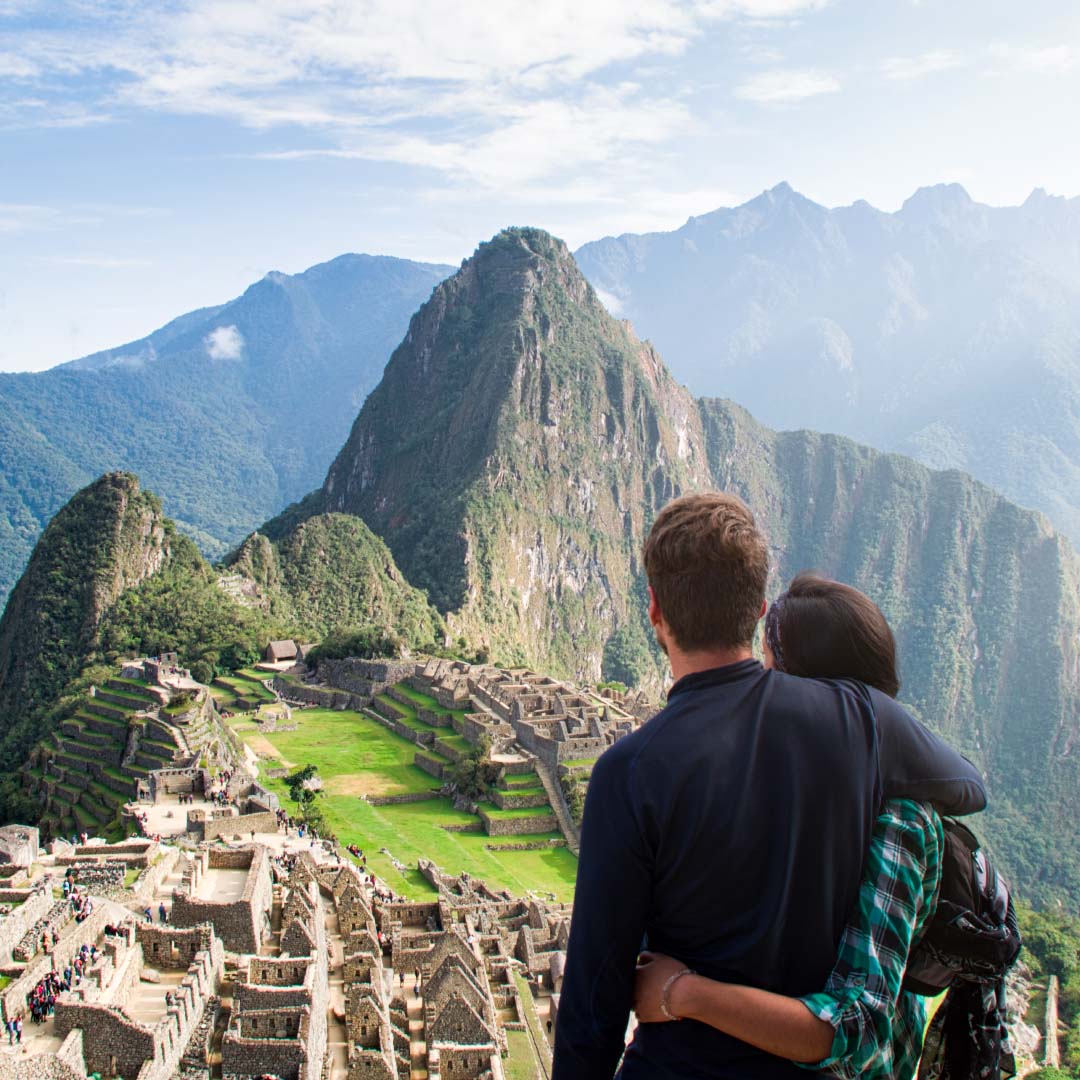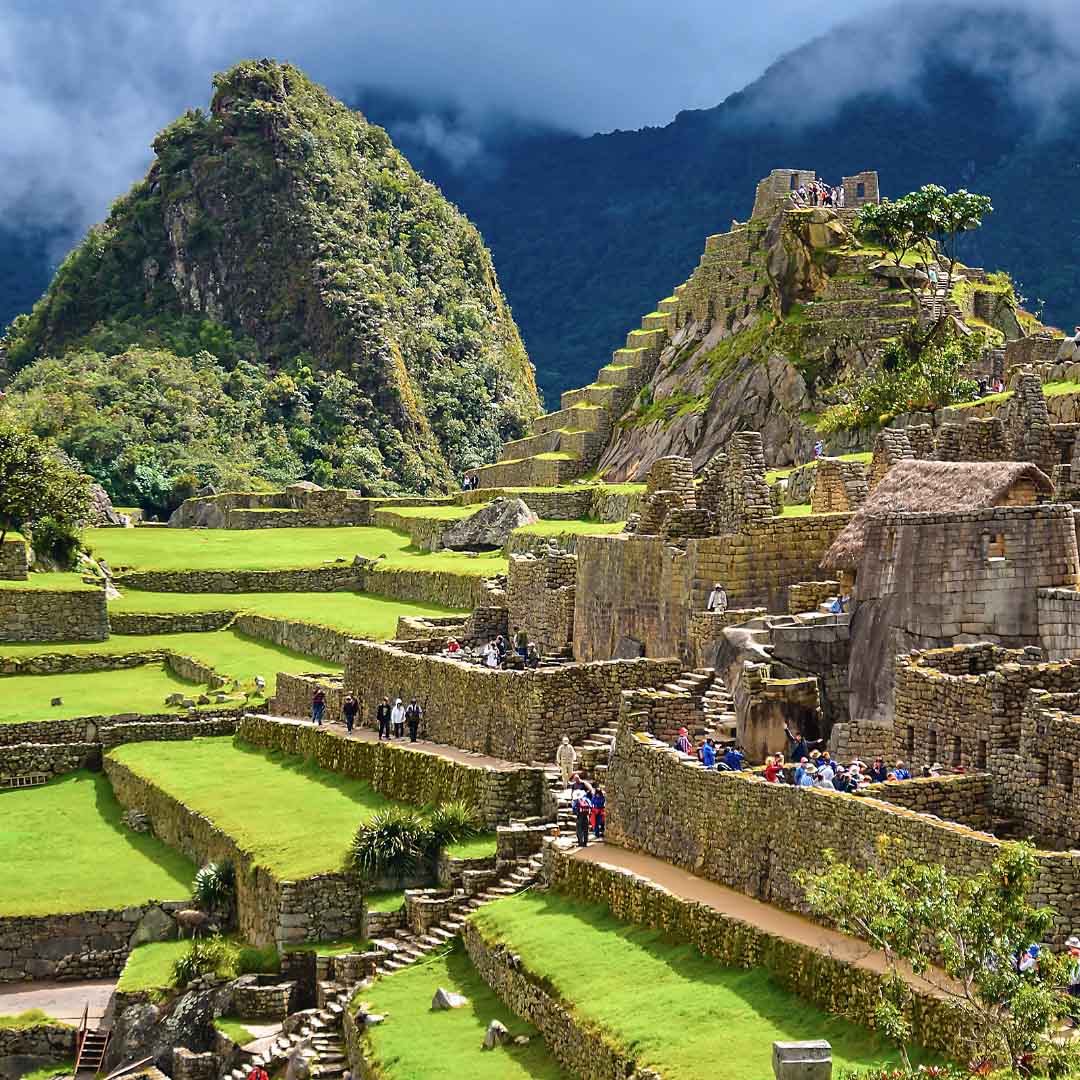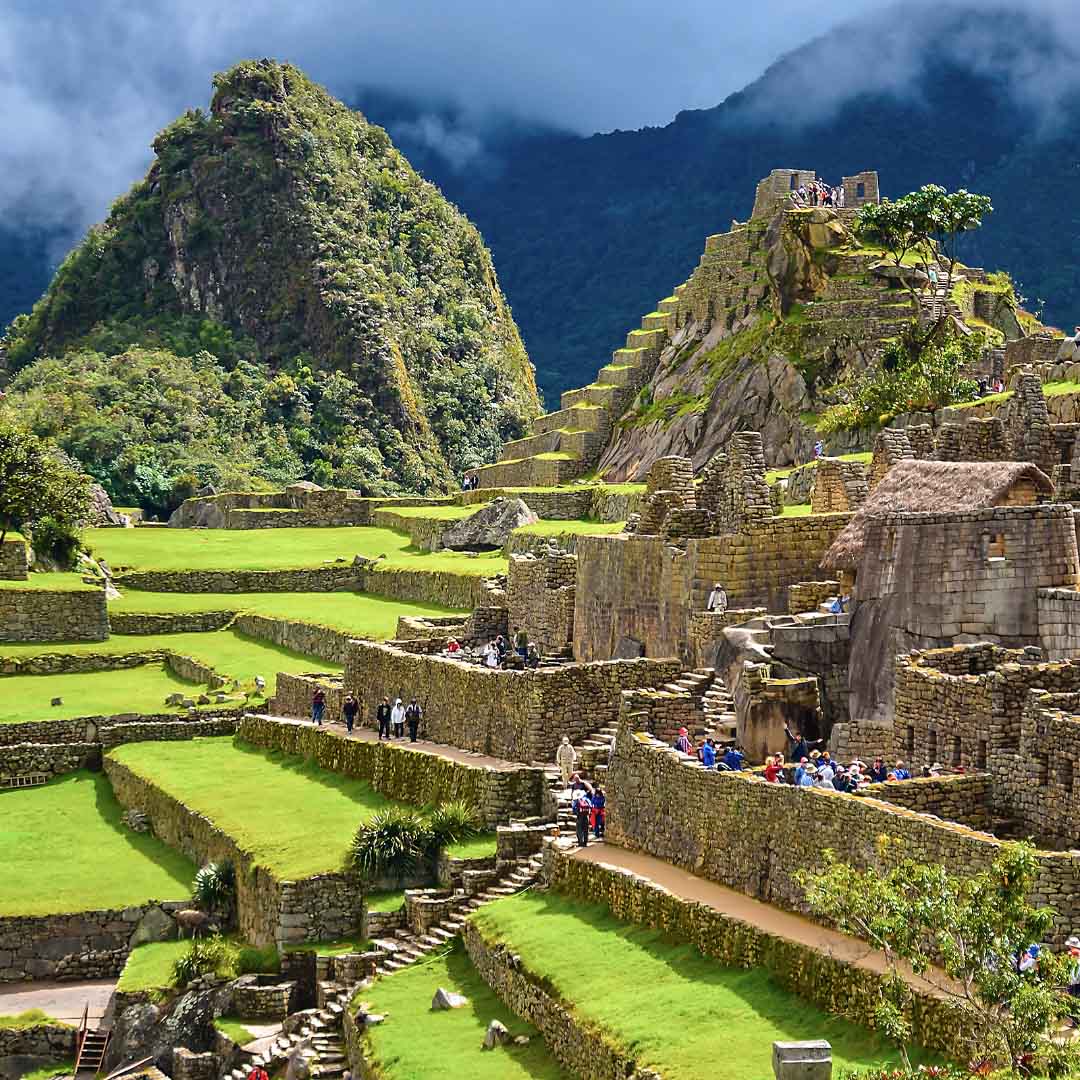Are you ready to uncover the enigmatic wonders of Machu Picchu, one of the world's most iconic tourist attractions in Peru? This ancient Incan citadel is shrouded in mystery and beauty. As you embark on this enlightening journey, we'll delve into 35 captivating facts about Machu Picchu, providing you with insights that will enhance your understanding of this historical marvel.

What will you find here?
- 35 Facts about Machu Picchu
- Frequently Asked Questions (FAQs)
35 Facts about Machu Picchu
While we may not be able to provide 100 facts in this article, we've covered a wide array of intriguing details about Machu Picchu. To quench your thirst for knowledge, here are some additional facts in a summarized form:
- Lost City of the Incas: Machu Picchu is often referred to as the "Lost City of the Incas" due to its remote location and hidden nature.
- Altitude: This ancient citadel is situated at an elevation of approximately 7,970 feet (2,430 meters) above sea level.
- Discovery date: Machu Picchu was rediscovered by American historian and explorer Hiram Bingham in 1911.
- Inca civilization: It was built during the height of the Inca Empire in the 15th century.
- Machu Picchu's name: The name "Machu Picchu" means "Old Peak" in the Quechua language.
- Astronomical alignment: The Incas were skilled astronomers, and many structures in Machu Picchu are aligned with celestial events.
- Temple of the Sun: The Temple of the Sun is dedicated to Inti, the Sun God, and features curved stone walls that match the shape of the sun.
- Llamas and alpacas: Llamas and alpacas are brought in to graze on the site's grass to maintain vegetation.
- No mortar: The precise Inca stonework is so well-fitted that no mortar was used in construction.
- Agricultural terraces: Machu Picchu features impressive agricultural terraces designed to maximize crop growth in the challenging mountain environment.
- Stonework precision: The stones at Machu Picchu were quarried from a nearby mountain and some weigh as much as 50 tons.
- Abandonment: It's believed that Machu Picchu was abandoned during the Spanish Conquest to avoid discovery and destruction.
- UNESCO World Heritage Site: In 1983, Machu Picchu was declared a UNESCO World Heritage Site.
- New Seven Wonders of the World: In 2007, it was named one of the New Seven Wonders of the World.
- Tourist magnet: Over a million visitors explore Machu Picchu annually, making it one of Peru's most popular tourist attractions.
- Historical sanctuary: Machu Picchu is part of the Machu Picchu Historical Sanctuary, a protected area encompassing 32,592 hectares.
- Guardhouse: The Guardhouse provided shelter for guards who watched over the site.
- Condor Temple: The Condor Temple is a rock formation that resembles a condor's wings and head.
- Intihuatana Stone: Believed to be a ritual stone linked to astronomy and the calendar.
- Hitching post of the sun: A carved rock associated with solar rituals.
- Two main sectors: Machu Picchu is divided into agricultural and urban sectors.
- Pachacutec: It's believed that Pachacutec, the Inca emperor, was responsible for the construction of Machu Picchu.
- Dry stone construction: The Incas employed a technique called "ashlar," dry stone construction without the use of mortar.
- Water management: Intricate water channels and fountains demonstrate the Inca's advanced hydraulic engineering.
- Stonemasonry school: Some believe that Machu Picchu may have served as a stonemasonry school.
- Intact nature: The site's preservation is partly due to the surrounding cloud forest that has protected it from erosion.
- Inca Trail: The Inca Trail leading to Machu Picchu is a popular trekking route, offering stunning views.
- Kept secret: The Spanish conquistadors never found Machu Picchu, which contributed to its preservation.
- No wheels: The Incas had no knowledge of the wheel, making transportation of the massive stones even more remarkable.
- Sun Gate: The Sun Gate or Inti Punku is a well-known spot for capturing sunrise views of Machu Picchu.
- Sacred Plaza: The Sacred Plaza was the heart of Machu Picchu's religious activities.
- Summer solstice: On the summer solstice, the sun aligns perfectly with the central stone at the Temple of the Sun.
- Winter solstice: During the winter solstice, sunlight aligns with a niche in the Temple of the Three Windows.
- Clifftop location: Machu Picchu is perched on a dramatic ridge, offering panoramic views of the Andes.
- Mysterious purpose: Despite extensive research, the exact purpose of Machu Picchu remains a subject of debate among scholars.

Frequently Asked Questions (FAQs)
Can I visit Machu Picchu all year round?
Yes, you can visit Machu Picchu throughout the year. However, it's essential to consider the weather conditions and book your visit well in advance, especially during the peak tourist season.
Are there any restrictions or rules for visiting Machu Picchu?
Yes, there are specific regulations and guidelines for visitors, such as not touching or climbing on the stone structures, carrying out all trash, and respecting the site's natural and cultural heritage.
How can I get to Machu Picchu?
You can reach Machu Picchu by train from Cusco or Ollantaytambo. From the town of Aguas Calientes, you can take a bus to the entrance of the archaeological site.











